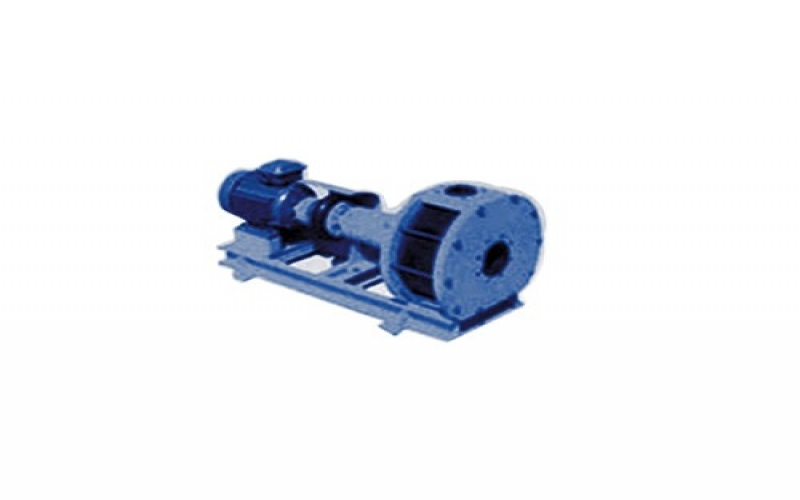The graphite pump is equipped with a power unit (typically an electric motor) for conveying or pumping corrosive fluids. Compared with other non-metallic pumps, the advantage is that graphite not only has excellent corrosion resistance, but also has high thermal conductivity and low expansion coefficient. Therefore, graphite pumps have obvious advantages in places where there is strong corrosivity and there may be rapid cooling and rapid heat. Parts of the graphite pump that are only in contact with corrosive materials are made of artificial graphite. The rest of the components are still mainly made of metal. Graphite centrifugal pumps have been widely used for fluid transport in corrosive media. From the nature of the medium, most of them are used in the hydrochloric acid industry, followed by sulfuric acid, phosphoric acid (and their salt solution) systems, hydrofluoric acid, benzene and its derivatives; from the industrial production field, including inorganic chemicals, Organic synthesis, pesticides, metallurgy, chemical fiber, medicine, light industry, atomic energy, environmental protection, etc. The use temperature is mostly at 40 ~ 60 ° C, some can reach 100 ~ 110 ° C (hydrochloric acid system), 135 ° C (concentration of phosphoric acid evaporation), and even up to 700-800 ° C (fusion in the atomic energy industry).
 簡體中文
簡體中文 





